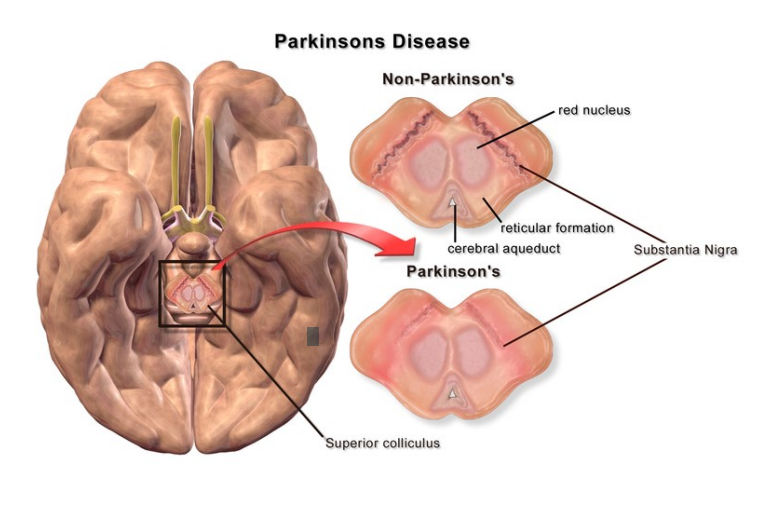What is Parkinson's Disease?
• Parkinson’s disease is a progressive neurodegenerative disease
• One of the most common adult neurological conditions
• More common in men than women
Diagnosis
• No Parkinson’s specific test exists
• Diagnosed by neurologist on the basis of medical history, signs and symptoms, neurological exam, and physical exam
• Blood tests and imaging tests to rule out other conditions
• May take a process with multiple specialists to identify Parkinson’s disease


